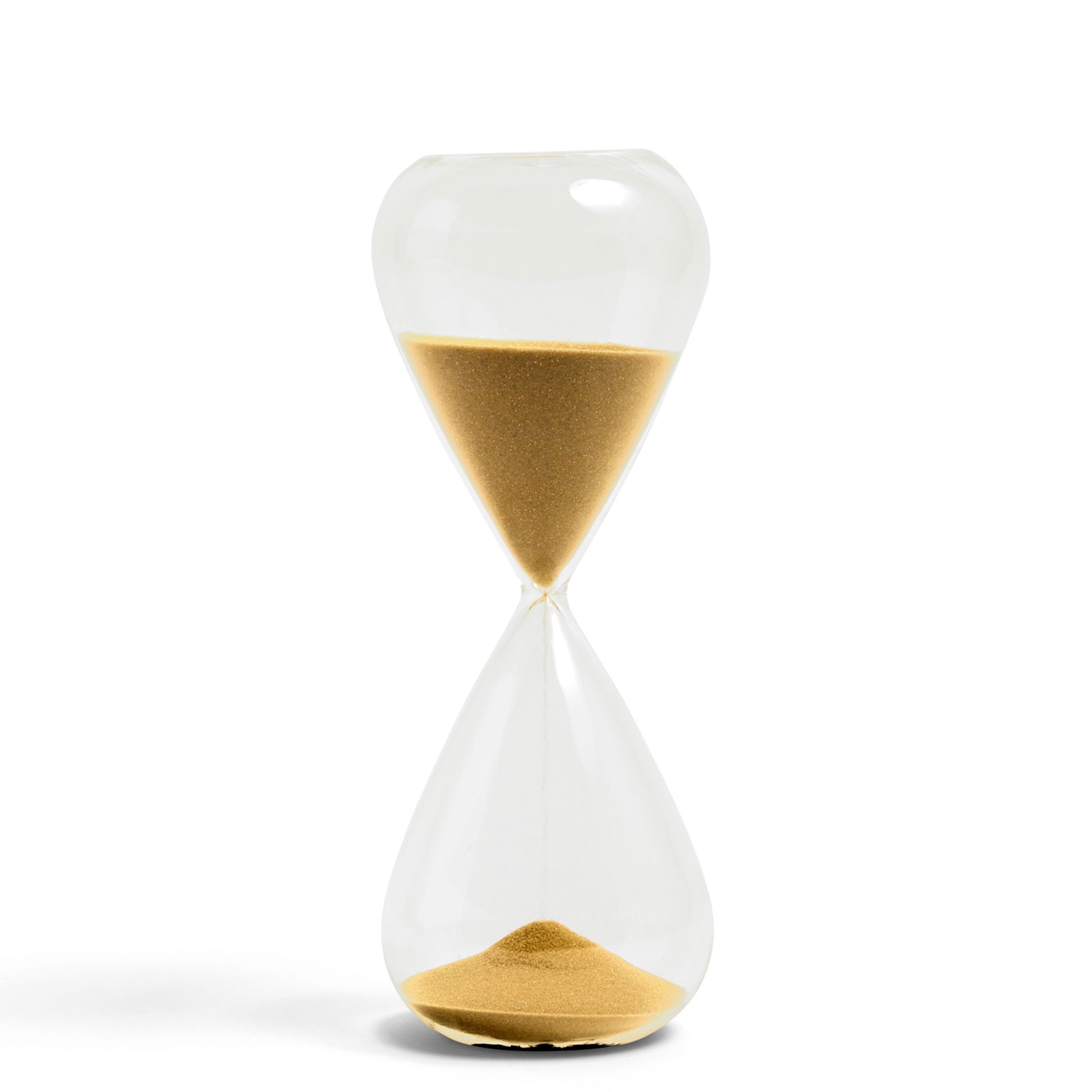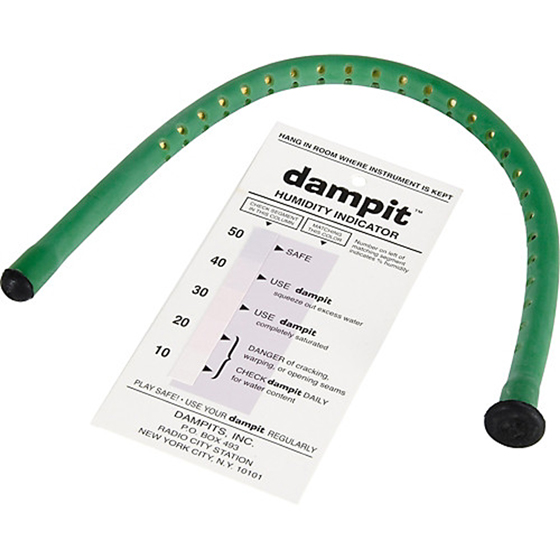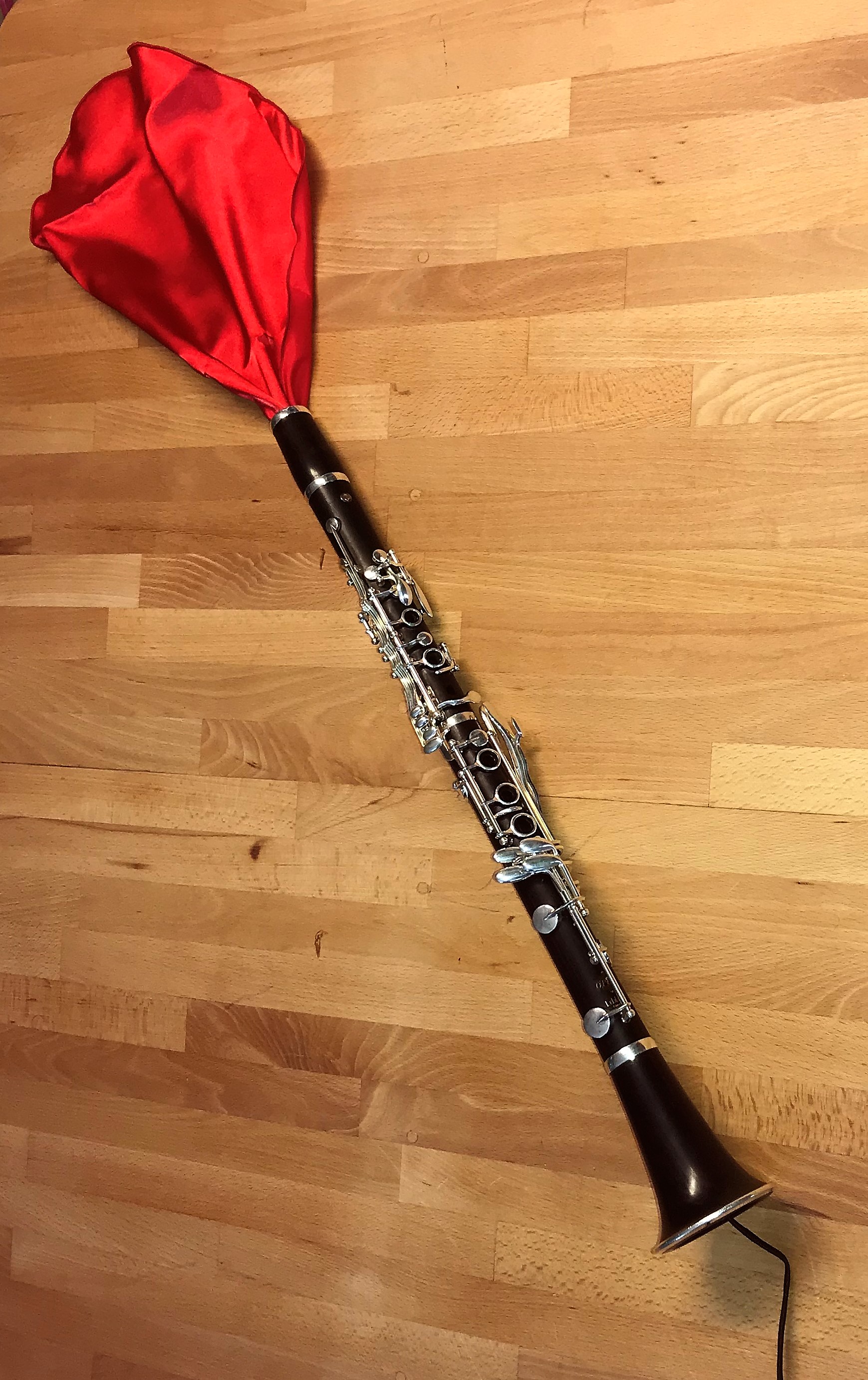-
Lohff & Pfeiffer
About Lohff & Pfeiffer
Iimprint
Contact
Newsletter
Location
L&P team
- Instruments
General
Trade options
About clarinet
Search specific instrument
Ab-clarinet
Eb-clarinet
D-clarinet
C-clarinet
Bb-clarinet
A-clarinet
Mozart basset-clarinet A
G-clarinet
Bassethorn F
Alto-clarinet Eb
Bass-clarinet
Contraalto Eb-clarinet
Contrabasse Bb-clarinet
German-Albert system Bb
Reform Boehm A & Bb
Peter Bastian Instruments
Plateau clarinets
Quartertone clarinet
- L&P Optimization
Optimization
Customization
Specialities
Special Keywork
- Accessories
General
Care products
For instruments
Reeds
Tools for reeds
Straps and hand rests
- Repair
Book time
About Repair
Maintenance
Plating-Surface treatment
Pads
Padding style
Cracks
Tone hole problems
Joints
- Tips & Advice
How to..
Videos
Worldwide external information
Problems & help
Education & learning

.Break-In Procedure - a different approach
IMPORTANT: Break-In Procedure – The L&P method
Breaking in your new clarinet will be the most important step you take to preventing problems over the life of your instrument. Against the common belief of keeping the instrument dry, the goal must be to humidify the clarinet gently, as fast as possible, and to keep it humidified. Keep in mind that your clarinet lived for 100-300 years in the tropics. It was exposed to very heavy monsoon rain, heat and strong winds. The problem is the dryness and big humidity differences between the inside and the outside of the instrument.
1. Start by playing the instrument five minutes at a time, many times during the day with a break of about an hour between each session. This way you will moisturize the wood from the inside, and just the surface will absorb the humidity. The wood will slowly be penetrated with moisture without stressing or cracking it.
2. Increase the playing time by 1 minute per day. After a month you can already play 35 minutes on it without a break.
3. After about 6 weeks the instrument is ready to be played without worry.
4. If you take a longer break start slowly again.
5. Always swab the instrument from the barrel end down. If the swab breaks, you should be able to get it out yourself. If not, there is a good chance that it will be stuck inside the instrument.
6. Avoid extreme and rapid changes in temperature. The optimal temperature for a wood clarinet is 45° to 65°. Never play a clarinet that is cold to the touch.
7. When you have finished playing, wipe out the sockets with a clean, lint-free cloth. The sockets usually contain cork grease, so do not use your swab for this task.
8. Keep a humidifier like the "Dampit" inside the case and follow the instructions. (Keep it moist)
9. Don't use swabs that are difficult to pull through. The best are swabs made of silk or microfiber.
10. Occasionally wipe down the keys after playing with a microfiber or other lint-free cloth. This removes the acids and oils left on the keys by your fingers and will help prevent premature wear and tarnishing.
11. If you have some instruments you only need to play occasionally - like A-clarinets, try to practice on them to keep them humidified.
Help us to get better
Was this article helpful?
Comments, additions or questions are always welcome at: info@clarinet.dk(C) 2014 - by Lohff & Pfeiffer - Brøndbyvej 211 - 2625 Vallensbæk + 45 3535 8643 - SE DK 1895 7485 info@clarinet.dk - Instruments






